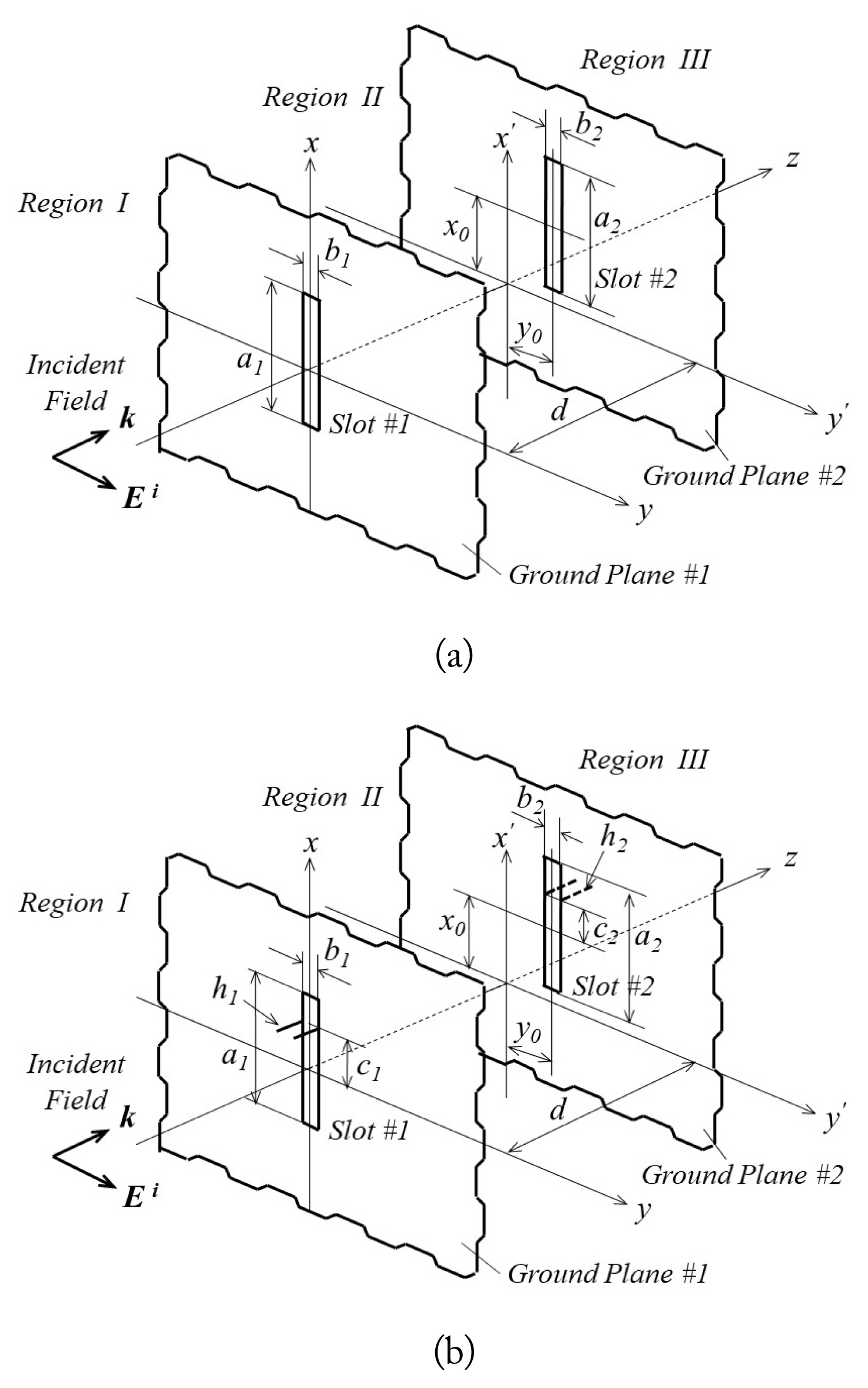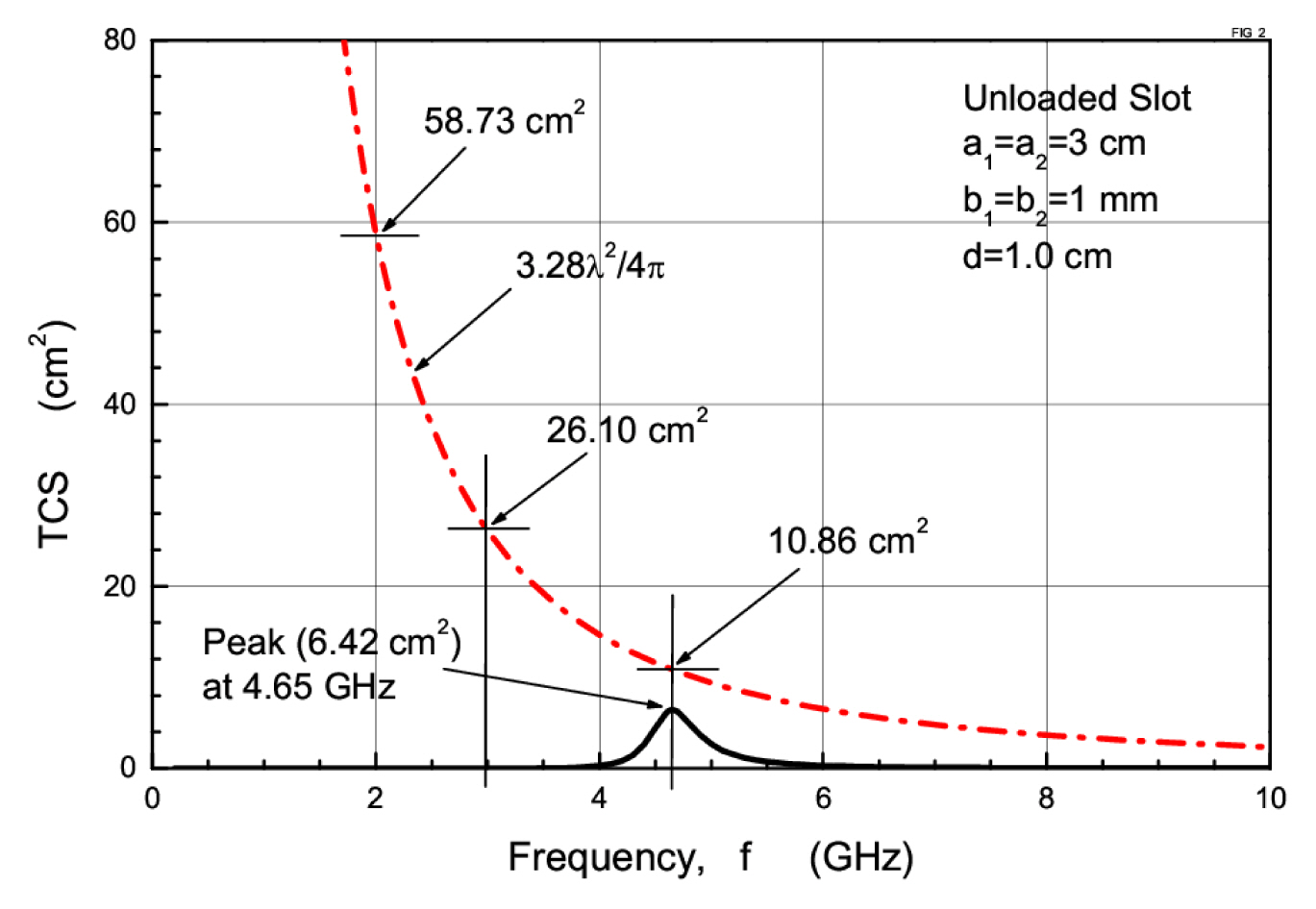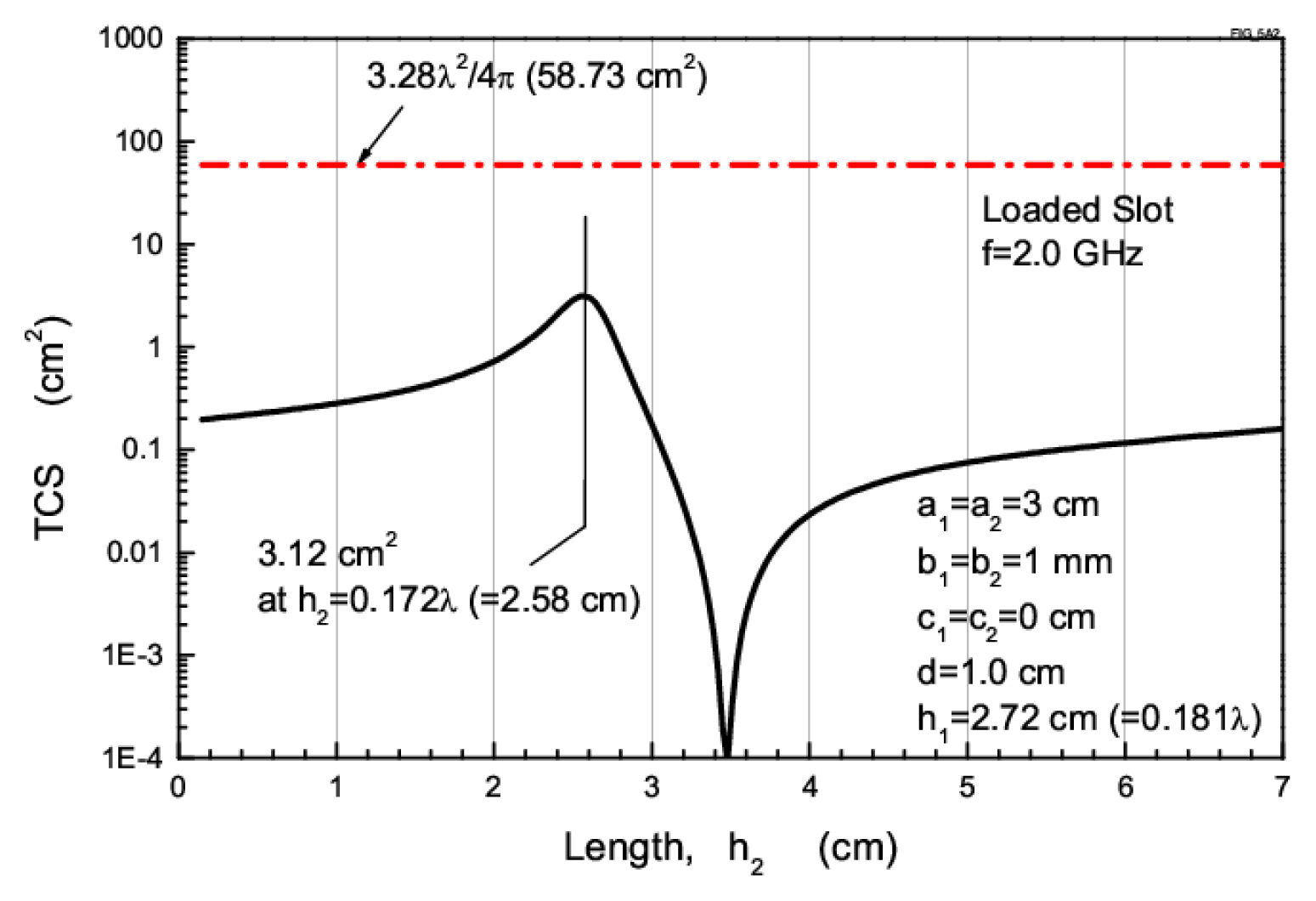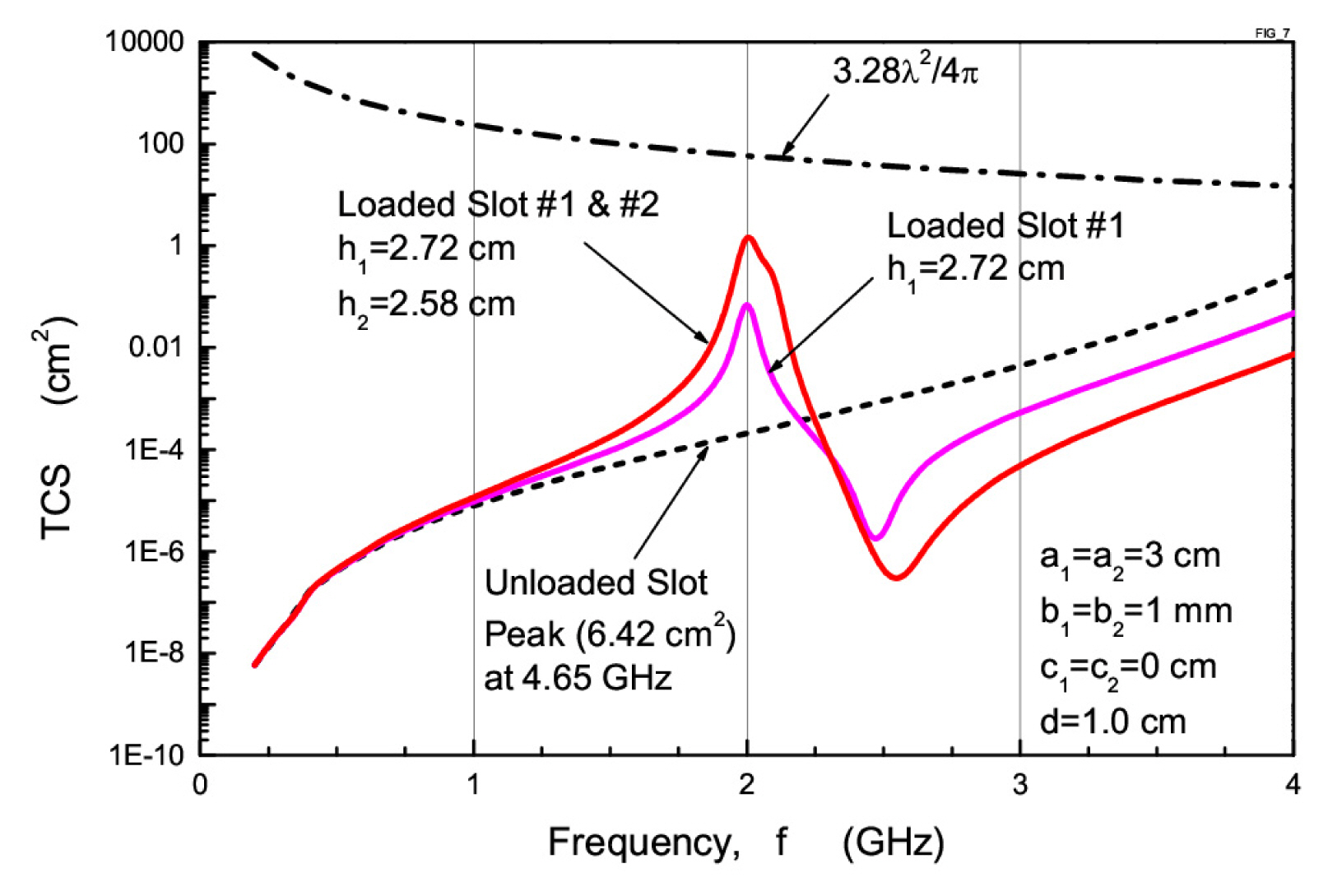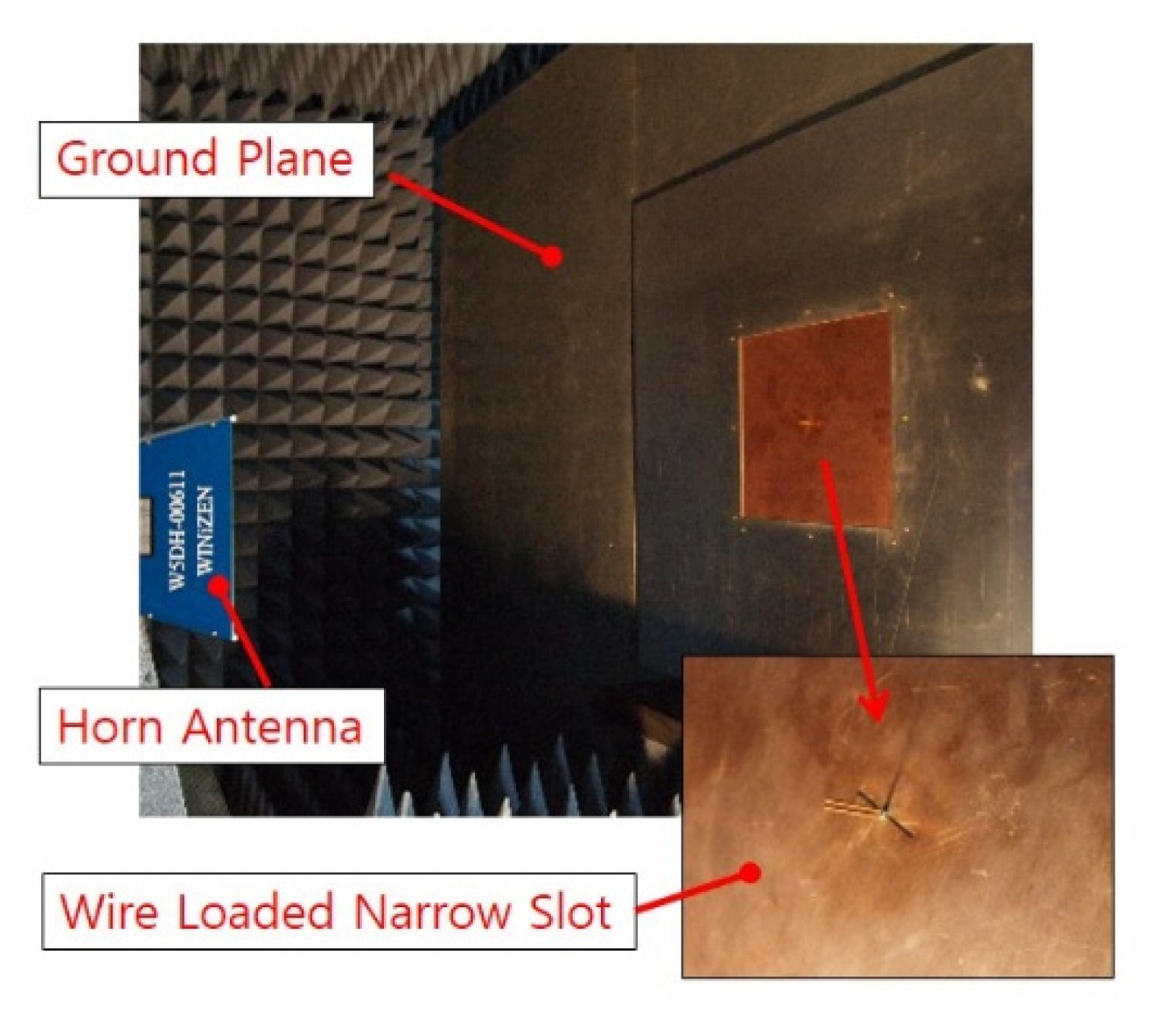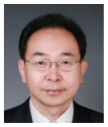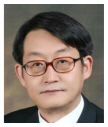1. C Butler and K Umashankar, "Electromagnetic excitation of a wire through an aperture-perforated conducting screen,"
IEEE Transactions on Antennas and Propagation, vol. 24, no. 4, pp. 456–462, 1976.

2. Y Rahmat-Samii and R Mittra, "Electromagnetic coupling through small apertures in a conducting screen,"
IEEE Transactions on Antennas and Propagation, vol. 25, no. 2, pp. 180–187, 1977.

3. C Butler, Y Rahmat-Samii, and R Mittra, "Electromagnetic penetration through apertures in conducting surfaces,"
IEEE Transactions on Electromagnetic Compatibility, vol. 20, no. 1, pp. 82–93, 1978.

4. Y Leviatan, R Harrington, and J Mautz, "Electromagnetic transmission through apertures in a cavity in a thick conductor,"
IEEE Transactions on Antennas and Propagation, vol. 30, no. 6, pp. 1153–1165, 1982.

5. EK Reed and C Butler, "Time-domain electromagnetic penetration through arbitrarily shaped narrow slots in conducting screens,"
IEEE Transactions on Electromagnetic Compatibility, vol. 34, no. 3, pp. 161–172, 1992.

6. EA Ash and G Nicholls, "Super-resolution aperture scanning microscope,"
Nature, vol. 237, no. 5357, pp. 510–512, 1972.


7. A Lewis, M Isaacson, A Harootunian, and A Muray, "Development of a 500 Å spatial resolution light microscope: I. light is efficiently transmitted through λ/16 diameter apertures,"
Ultramicroscopy, vol. 13, no. 3, pp. 227–231, 1984.

8. JM Vigoureux, F Depasse, and C Girard, "Super-resolution of near-field optical microscopy defined from properties of confined electromagnetic waves,"
Applied Optics, vol. 31, no. 16, pp. 3036–3045, 1992.


9. FJ Garcia-Vidal, HJ Lezec, TW Ebbesen, and L Martín-Moreno, "Multiple paths to enhance optical transmission through a single subwavelength slit,"
Physical Review Letters, vol. 90, no. 21, article no. 213901, 2003.
https://doi.org/10.1103/PhysRevLett.90.213901

10. TH Taminiau, RJ Moerland, FB Segerink, L Kuipers, and NF van Hulst, "λ/4 resonance of an optical monopole antenna probed by single molecule fluorescence,"
Nano Letters, vol. 7, no. 1, pp. 28–33, 2007.


11. Y Leviatan, "Electromagnetic coupling between two half-space regions separated by two slot-perforated parallel conducting screens,"
IEEE Transactions on Microwave Theory and Techniques, vol. 36, no. 1, pp. 44–52, 1988.

12. KC Kim, SM Lim, and MS Kim, "Reduction of electromagnetic penetration through narrow slots in conducting screen by two parallel wires,"
IEICE Transactions on Communications, vol. 88, no. 4, pp. 1743–1745, 2005.

13. KC Kim and SM Lim, "Reduction characteristics of electromagnetic penetration through narrow slots in conducting screen by loading parallel wire arrays," Journal of the Korea Electromagnetic Engineering Society, vol. 6, no. 2, pp. 123–129, 2006.
14. EJ Park and KC Kim, "Reduction characteristics of electromagnetic penetration through narrow slots in conducting screen," Journal of the Korea Electromagnetic Engineering Society, vol. 6, no. 2, pp. 130–134, 2006.
15. KC Kim, W Park, and KS Lee, "The shielding effectiveness of a narrow slot exposed to a nearby dipole source and a plane wave,"
IEICE Transactions on Communications, vol. 94, no. 11, pp. 3147–3150, 2011.

16. KC Kim, "Aperture cut-off filter for reduction of electromagnetic field penetration through a slot in conducting screens,"
The Journal of Korean Institute of Electromagnetic Engineering and Science, vol. 25, no. 12, pp. 1201–1211, 2014.

17. KC Kim, W Park, and KS Lee, "Shielding effectiveness through narrow slots in dual conducting screens,"
IEICE Electronics Express, vol. 10, no. 11, article no 20130750, 2013.
https://doi.org/10.1587/elex.10.20130750

18. KC Kim and YK Cho, "Penetration electric field characteristics of dual plates with narrow slots for the incident plane wave,"
IEICE Electronics Express, vol. 11, no. 24, article no 20141059, 2014.
https://doi.org/10.1587/elex.11.20141059

19. R Harrington, "Resonant behavior of a small aperture backed by a conducting body,"
IEEE Transactions on Antennas and Propagation, vol. 30, no. 2, pp. 205–212, 1982.

20. KC Kim and YK Cho, "Resonance transmission of small narrow slots loaded with two parallel wires in a conducting screen,"
IEICE Electronics Express, vol. 15, no. 4, article no 20180015, 2018.
https://doi.org/10.1587/elex.15.20180015

21. X Shi, L Hesselink, and RL Thornton, "Ultrahigh light transmission through a C-shaped nanoaperture,"
Optics Letters, vol. 28, no. 15, pp. 1320–1322, 2003.


22. S Xiao, L Peng, and NA Mortensen, "Enhanced transmission of transverse electric waves through periodic arrays of structured subwavelength apertures,"
Optics Express, vol. 18, no. 6, pp. 6040–6047, 2010.


23. JG Yoo, YK Cho, J Yeo, JH Ko, and KC Kim, "Design and experiment of miniaturized small resonant aperture using modified ridge structure,"
IEICE Electronics Express, vol. 14, no. 22, article no 20170928, 2017.
https://doi.org/10.1587/elex.14.20170928

24. YK Cho, J Yeo, JH Ko, and KC Kim, "Experimental verification of electromagnetic scattering via two-dimensional periodic array of small resonant apertures,"
IEICE Electronics Express, vol. 14, no. 23, article no 20170796, 2017.
https://doi.org/10.1587/elex.14.20170796

25. JH Ko, SW Park, and YK Cho, "Transmission cross section of the small aperture in an infinite conducting plane,"
The Journal of Korean Institute of Electromagnetic Engineering and Science, vol. 30, no. 4, pp. 300–306, 2019.

26. KC Kim and YK Cho, "Enhanced resonance transmission of a small square aperture loaded with parallel wires in a ground plane,"
IEICE Electronics Express, vol. 16, no. 11, pp. 201902692019.

27. CTA Johnk, Engineering Electromagnetic Fields and Waves. 2nd ed. New York, NY: John Wiley & Sons, 1988.




